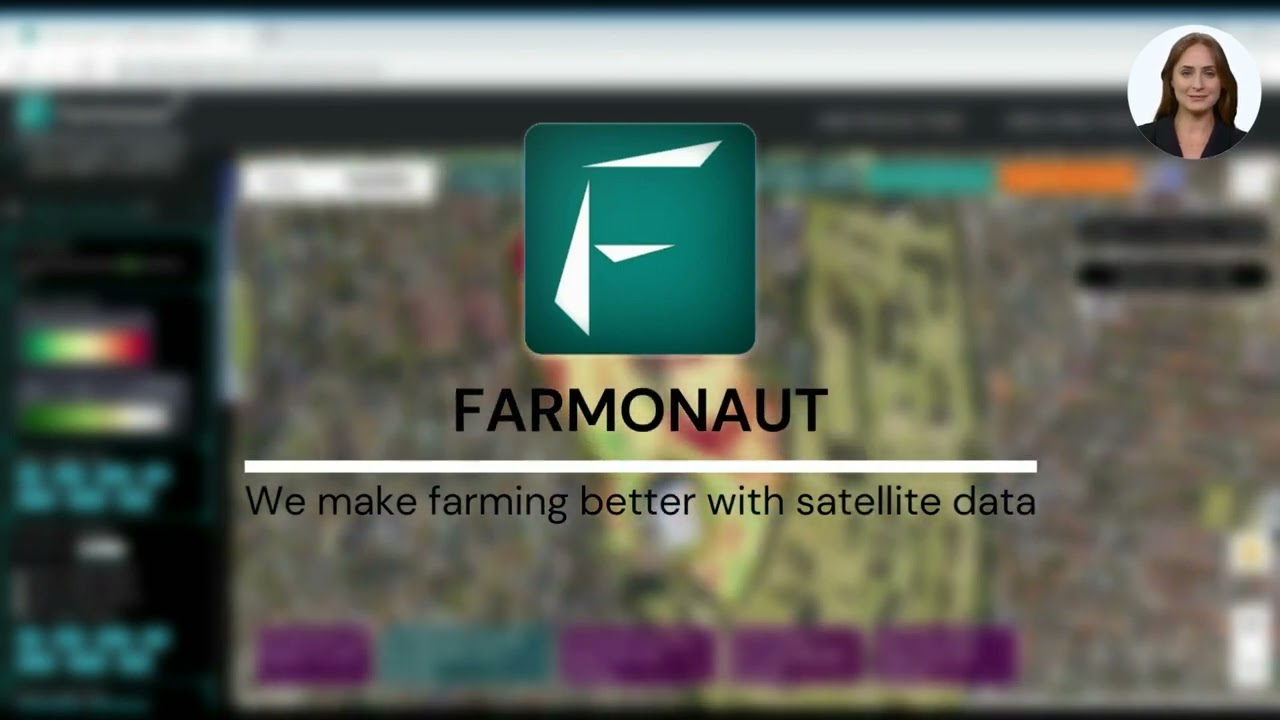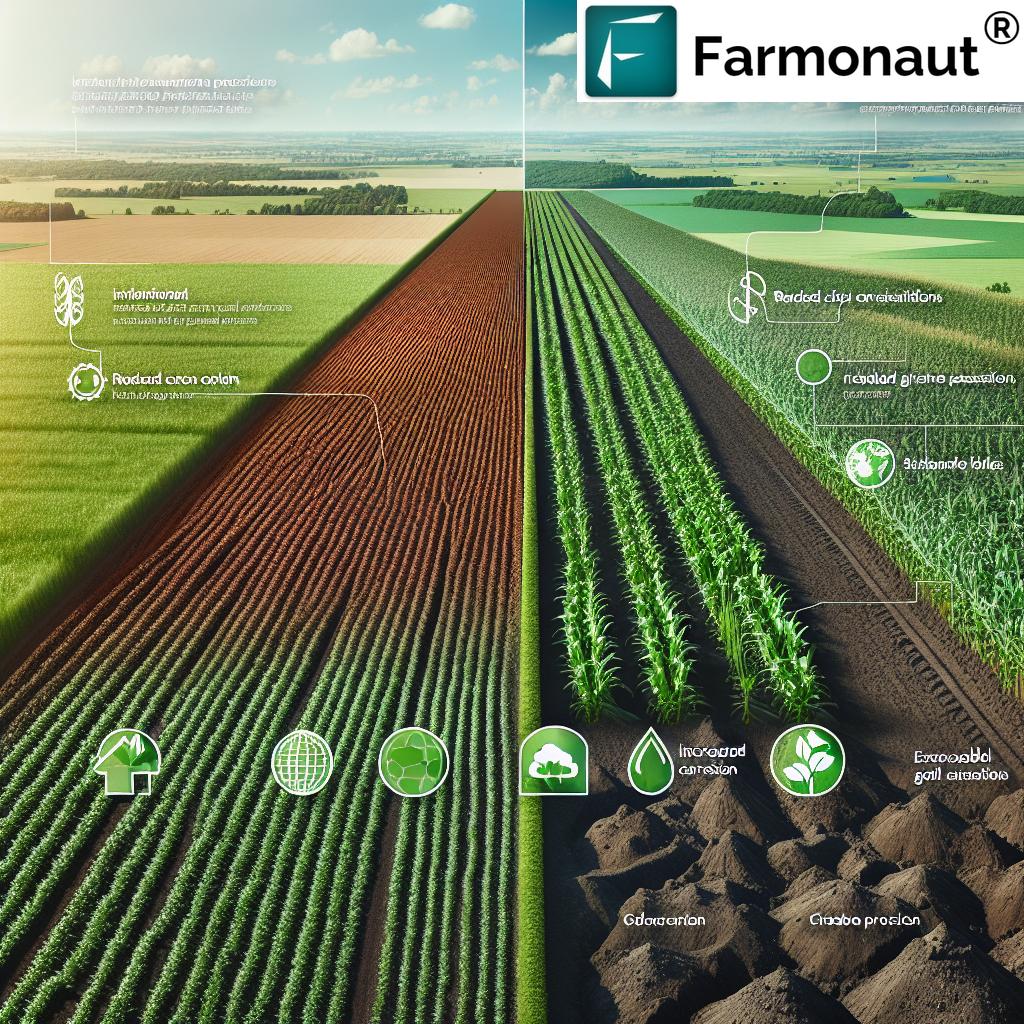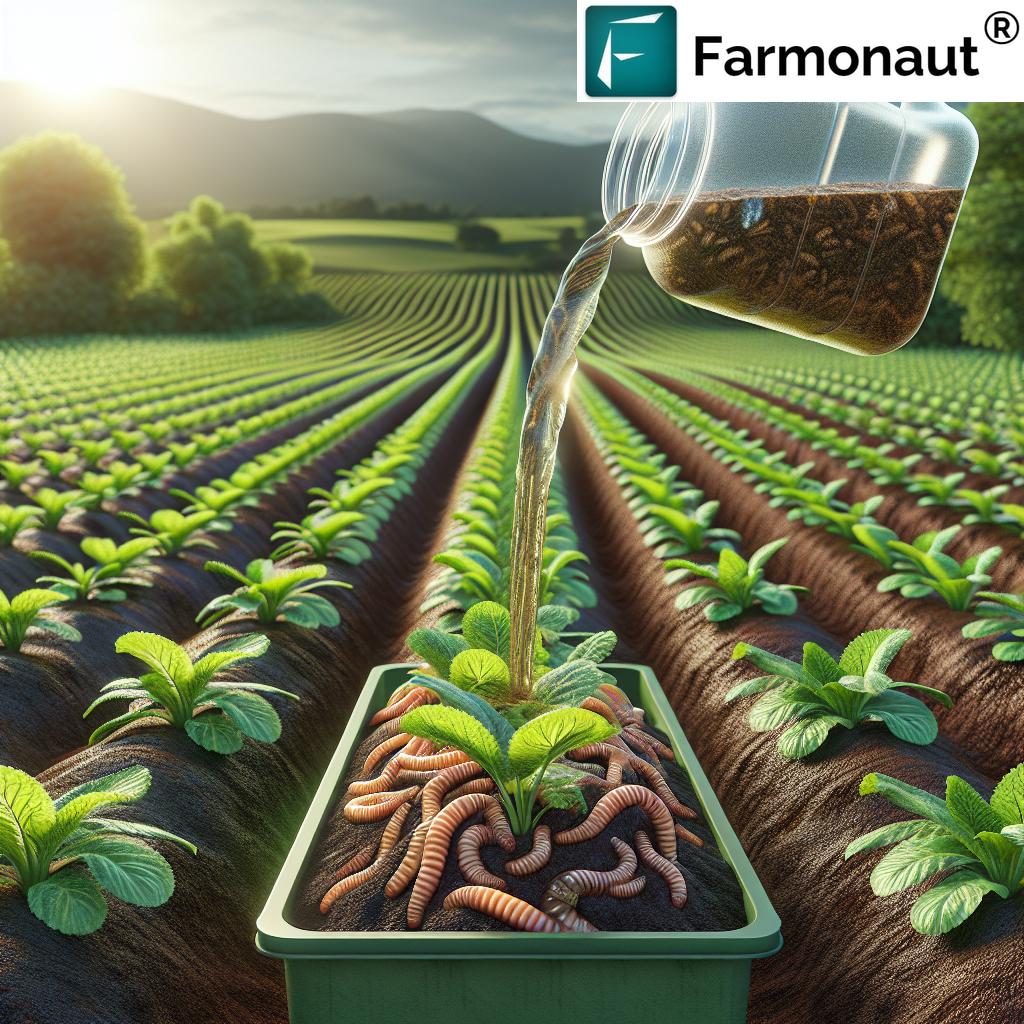Global Insecticides Market Soars: Asia Pacific Leads $34.74 Billion Industry by 2033
“The global insecticides market is projected to grow by 55% from $22.38 billion in 2025 to $34.74 billion by 2033.”
In the ever-evolving landscape of global agriculture, we’re witnessing a remarkable surge in the insecticides market. As we delve into this comprehensive analysis, we’ll explore the intricate dynamics shaping this vital sector of the agricultural industry. From the burgeoning Asia Pacific region to the innovative strides in sustainable farming practices, we’ll uncover the trends, challenges, and opportunities that define the future of crop protection.
The Booming Insecticides Market: A Global Perspective
The global insecticides market is on an impressive growth trajectory. According to recent projections by Precedence Research, we’re looking at a substantial increase from USD 22.38 billion in 2025 to a staggering USD 34.74 billion by 2033. This remarkable expansion underscores the critical role insecticides play in modern agriculture, addressing the ever-present challenges of pest control and food security.
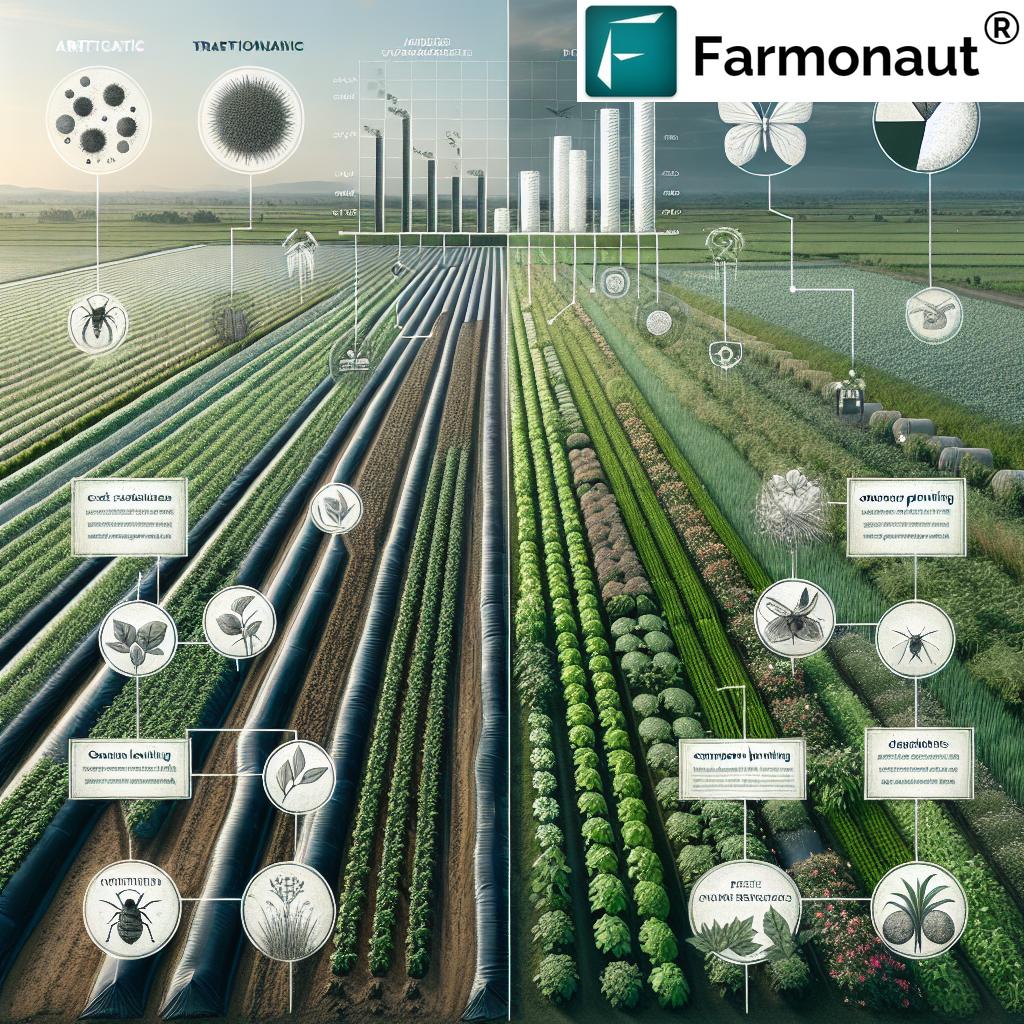
As we navigate through this blog post, we’ll explore the key drivers behind this growth, the regional dynamics at play, and the innovative solutions shaping the future of agricultural pest control. Let’s dive into the details that make this market so fascinating and crucial for global food production.
Asia Pacific: The Powerhouse of Insecticide Market Growth
“Asia Pacific leads the $34.74 billion insecticides industry, with India playing a crucial role in regional and global agriculture.”
The Asia Pacific region stands out as the undisputed leader in the global insecticides market. In 2023, this dynamic region commanded over 34% of the market share, a testament to its significant agricultural practices and the sheer scale of its farming operations. Let’s break down the factors contributing to Asia Pacific’s dominance:
- Agricultural Intensity: The region’s vast agricultural lands and diverse crop varieties necessitate robust pest management strategies.
- Population Growth: Rapid population increases drive the demand for higher agricultural yields, intensifying the need for effective crop protection solutions.
- Technological Adoption: Countries in the region are increasingly embracing advanced agricultural technologies, including precision farming and integrated pest management systems.
India, in particular, plays a pivotal role in this landscape. Ranking as the third-largest user of pesticides in Asia and twelfth worldwide, India’s agricultural sector significantly influences both regional and global insecticide markets. The country’s diverse agro-climatic conditions and extensive farming practices contribute to its substantial insecticide consumption.
As we look towards the future, the Asia Pacific insecticides market is poised for continued growth. Projections indicate an increase from USD 7.03 billion in 2023 to approximately USD 11.95 billion by 2033, reflecting a Compound Annual Growth Rate (CAGR) of 5.44%. This growth is fueled by:
- Food Security Initiatives: Many countries in the region are prioritizing agricultural productivity to meet growing food demands.
- Government Support: Substantial financial allocations, such as those from the Asian Development Bank, are addressing food security and agricultural challenges.
- Innovative Pest Management: The adoption of cutting-edge pest control strategies is enhancing crop yields and quality.
Market Segmentation: Understanding the Insecticides Landscape
To gain a comprehensive understanding of the global insecticides market, it’s crucial to examine its various segments. This segmentation provides insights into the types of products dominating the market, their applications, and the pests they target. Let’s break down these key segments:
1. Synthetic vs. Organic Insecticides
The market is primarily divided into synthetic and organic insecticides, each with its unique characteristics and market share:
- Synthetic Insecticides: Dominated the market with a 63.5% share in 2023. These chemical-based products are known for their high efficacy and longer shelf life.
- Organic Insecticides: Emerging as the fastest-growing segment. The increasing demand for environmentally friendly and sustainable farming practices is driving this growth.
2. Insecticide Types
Based on their mode of action, insecticides are categorized into:
- Systematic Insecticides: Currently hold the largest market share. These are absorbed by plants and circulated throughout their systems.
- Contact Insecticides: Expected to experience the fastest growth. These work by direct contact with insects.
3. Product Categories
The market is further segmented into various chemical classes:
- Carbamates: Dominate the product segment due to their broad-spectrum efficacy.
- Organochlorines: Predicted to rise rapidly, despite environmental concerns.
- Organophosphates: Widely used for their effectiveness against a variety of pests.
- Pyrethroids: Gaining popularity due to their lower toxicity to mammals.
4. Pest Types
Insecticides target various pest categories:
- Sucking Pests: Comprise 62.15% of the market, targeting insects that extract plant sap.
- Chewing Pests: Important segment focusing on insects that physically consume plant parts.
- Biting Pests: Growing segment addressing insects that damage crops through biting.
5. Application Areas
The primary application areas for insecticides include:
- Grains and Cereals: Continue to be the primary application area.
- Fruits and Vegetables: Growing segment due to increasing demand for high-quality produce.
- Oilseeds and Pulses: Important application area in regions with significant oilseed production.
Understanding these market segments is crucial for stakeholders in the agricultural sector, from farmers to policymakers. It helps in making informed decisions about pest management strategies, product development, and regulatory frameworks.
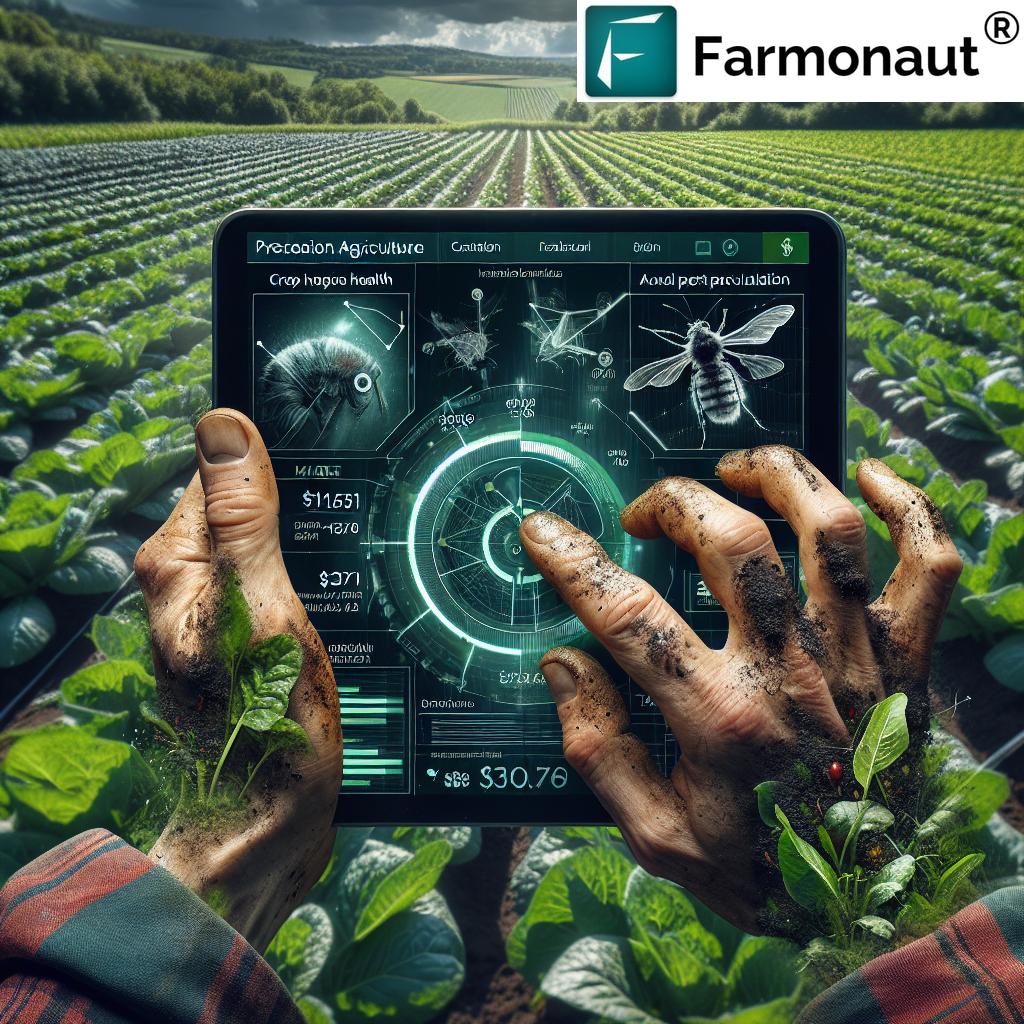
Driving Forces Behind Market Growth
The robust growth of the global insecticides market is underpinned by several key factors:
- Food Security Imperatives: With the world population expected to reach 9.7 billion by 2050, there’s an urgent need to increase agricultural productivity. Insecticides play a crucial role in protecting crops and ensuring food security.
- Crop Quality Enhancement: Insecticides are essential in maintaining crop quality by preventing insect infestations that can lead to disease and degradation, ensuring healthier produce for consumers.
- Technological Advancements: Innovations in insecticide formulations and application methods are making these products more effective and environmentally friendly.
- Climate Change Impacts: Changing weather patterns are altering pest behaviors and distributions, necessitating more adaptive and robust pest management strategies.
- Increasing Awareness: Farmers are becoming more aware of the benefits of proper pest management in improving crop yields and quality.
These drivers collectively contribute to the expanding market size and the evolution of insecticide products and practices.
Regional Market Dynamics
While Asia Pacific leads the global insecticides market, other regions also play significant roles in shaping the industry landscape:
North America
The North American market is characterized by:
- Advanced Agricultural Research: Cutting-edge research in pest management and crop protection drives innovation in insecticide development.
- Adoption of Modern Technologies: Widespread use of precision agriculture techniques, including drone-based spraying and digital agricultural solutions.
- Stringent Regulations: Strict environmental and safety regulations influence product development and usage patterns.
Europe
The European insecticides market is distinguished by:
- Focus on Sustainable Agriculture: Strong emphasis on organic farming and integrated pest management practices.
- Regulatory Landscape: Rigorous EU regulations on pesticide use shape market trends and product availability.
- Consumer Awareness: Growing consumer demand for pesticide-free products influences farming practices and insecticide usage.
Latin America
This region’s market is characterized by:
- Large-Scale Agriculture: Extensive agricultural operations, particularly in countries like Brazil and Argentina, drive significant insecticide demand.
- Growing Export Market: The need to meet international quality standards for agricultural exports influences insecticide use and practices.
Middle East and Africa
The insecticides market in this region is shaped by:
- Diverse Agricultural Landscapes: Varying climatic conditions and crop types across the region necessitate a wide range of insecticide solutions.
- Increasing Agricultural Investments: Growing focus on agricultural development in many countries is boosting the demand for crop protection products.
Market Segmentation and Growth Forecast
To provide a clear picture of the global insecticides market’s trajectory, we’ve compiled a comprehensive table showcasing key market segments and their projected growth:
| Market Segment | 2025 Value ($ Billion) | 2033 Projected Value ($ Billion) | Compound Annual Growth Rate (CAGR) |
|---|---|---|---|
| Synthetic Insecticides | 14.21 | 20.84 | 4.9% |
| Organic Insecticides | 8.17 | 13.90 | 6.9% |
| Total Market | 22.38 | 34.74 | 5.6% |
| Asia Pacific | 7.61 | 11.95 | 5.8% |
| North America | 5.59 | 8.34 | 5.1% |
| Europe | 4.92 | 7.29 | 5.0% |
| Rest of World | 4.26 | 7.16 | 6.7% |
This table clearly illustrates the dominance of the Asia Pacific region and highlights the impressive growth trajectory of organic insecticides compared to their synthetic counterparts. It provides a snapshot of the market’s current state and future projections, enabling stakeholders to make informed decisions based on these trends.
Emerging Trends and Innovations
The insecticides market is witnessing several noteworthy trends that are shaping its future:
- Biopesticides: Growing demand for organic and environmentally friendly solutions is driving the development of biopesticides derived from natural materials.
- Nanotechnology: The application of nanotechnology in insecticide formulations is enhancing efficacy and reducing environmental impact.
- Integrated Pest Management (IPM): Holistic approaches combining various pest control methods are gaining traction, reducing reliance on chemical insecticides alone.
- Smart Spraying Technologies: Precision agriculture tools, including drone-based and AI-guided spraying systems, are optimizing insecticide application.
- Resistance Management: Development of new insecticide classes and rotation strategies to combat pest resistance.
These innovations are not only improving the effectiveness of insecticides but also addressing environmental and health concerns associated with traditional pest control methods.
Challenges and Opportunities in the Insecticides Market
While the insecticides market presents significant growth opportunities, it also faces several challenges:
Challenges:
- Environmental Concerns: Increasing awareness of the ecological impact of chemical insecticides is leading to stricter regulations and changing consumer preferences.
- Pest Resistance: The development of resistance in pest populations to commonly used insecticides poses a significant challenge to crop protection.
- Regulatory Hurdles: Stringent approval processes and varying regulations across different regions can slow down product development and market entry.
- Public Perception: Negative perceptions about chemical pesticides among consumers can impact market growth for traditional insecticides.
Opportunities:
- Sustainable Solutions: The shift towards eco-friendly and sustainable farming practices opens up new markets for bio-based and low-impact insecticides.
- Technological Integration: The integration of insecticide use with precision agriculture technologies offers opportunities for more efficient and targeted pest management.
- Emerging Markets: Untapped potential in developing agricultural regions presents growth opportunities for insecticide manufacturers.
- Research and Development: Ongoing research into novel insecticide formulations and application methods can lead to more effective and safer products.
These challenges and opportunities are shaping the future of the insecticides market, driving innovation and sustainable practices in the agricultural sector.
The Role of Technology in Modern Pest Management
Technology is playing an increasingly crucial role in revolutionizing pest management strategies. Here’s how various technological advancements are impacting the insecticides market:
- Satellite-Based Crop Monitoring: Advanced satellite imaging technologies, like those offered by Farmonaut, enable farmers to monitor crop health and detect pest infestations early. This precision allows for more targeted and efficient use of insecticides.
- AI and Machine Learning: These technologies are being used to predict pest outbreaks, optimize insecticide application timing, and even develop new, more effective insecticide formulations.
- IoT Sensors: Internet of Things (IoT) devices in fields can monitor environmental conditions and pest populations in real-time, facilitating data-driven pest management decisions.
- Drone Technology: Drones equipped with spraying capabilities and multispectral cameras are revolutionizing insecticide application, making it more precise and less wasteful.
- Blockchain for Traceability: Blockchain technology is being used to enhance supply chain transparency, allowing consumers to trace the use of insecticides in food production.
These technological advancements are not only making insecticide use more effective but also more sustainable and environmentally friendly.
Sustainable Farming Practices and Insecticide Use
The global shift towards sustainable agriculture is significantly influencing insecticide use and development. Here are key aspects of this trend:
- Integrated Pest Management (IPM): This holistic approach combines biological, cultural, physical, and chemical tools to minimize economic, health, and environmental risks.
- Organic Farming: The growth of organic agriculture is driving demand for natural and biological pest control methods.
- Precision Agriculture: Technologies that enable precise application of insecticides reduce overall usage and minimize environmental impact.
- Crop Rotation and Diversification: These practices help in naturally managing pest populations, reducing reliance on chemical insecticides.
- Beneficial Insects: Encouraging populations of natural predators as a biological control method is gaining popularity in sustainable farming.
These sustainable practices are not only environmentally friendly but also contribute to long-term agricultural productivity and food security.
The Future of the Insecticides Market
As we look towards the future, several key trends are likely to shape the insecticides market:
- Biotech Advancements: Continued research in biotechnology may lead to the development of crops with enhanced natural pest resistance, potentially reducing the need for chemical insecticides.
- Personalized Pest Management: Advanced data analytics and AI could enable highly personalized pest management strategies tailored to specific farm conditions and crop types.
- Regulatory Evolution: Ongoing changes in regulations, particularly in developed countries, will continue to influence product development and market dynamics.
- Climate Change Adaptation: As climate patterns shift, insecticide strategies will need to adapt to changing pest behaviors and distributions.
- Consumer-Driven Changes: Increasing consumer awareness and demand for sustainable and organic products will continue to drive innovation in eco-friendly pest control solutions.
These trends suggest a future where insecticide use becomes more targeted, efficient, and aligned with sustainable agricultural practices.
Conclusion
The global insecticides market is at a pivotal juncture, balancing the need for effective pest control with growing environmental and health concerns. As we’ve explored, the market is set for significant growth, driven by increasing food demand, technological advancements, and evolving agricultural practices.
The Asia Pacific region, particularly countries like India, will continue to play a crucial role in shaping the market’s future. Meanwhile, the shift towards sustainable and organic farming practices is opening new avenues for innovation in bio-based and eco-friendly insecticides.
Technology will undoubtedly be a key driver in the evolution of pest management strategies. From satellite-based crop monitoring to AI-driven predictive analytics, these advancements are making insecticide use more precise, efficient, and environmentally conscious.
As we move forward, the insecticides market will need to navigate challenges such as pest resistance, regulatory hurdles, and changing consumer preferences. However, these challenges also present opportunities for innovation and the development of more sustainable pest control solutions.
In conclusion, the future of the insecticides market looks promising, with a clear trajectory towards more sustainable, efficient, and technologically advanced pest management practices. This evolution will be crucial in addressing global food security challenges while minimizing environmental impact.
FAQ Section
- Q: What is driving the growth of the global insecticides market?
A: The primary drivers include increasing food demand due to population growth, the need for higher crop yields, technological advancements in insecticide formulations, and the challenges posed by climate change to pest management. - Q: How is the Asia Pacific region influencing the insecticides market?
A: Asia Pacific leads the market, accounting for over 34% of the global share. The region’s vast agricultural lands, diverse crop varieties, and countries like India play crucial roles in driving market growth and innovation. - Q: What are the key trends in sustainable insecticide use?
A: Key trends include the adoption of Integrated Pest Management (IPM), increased use of biopesticides, precision agriculture technologies for targeted application, and the development of crops with enhanced natural pest resistance. - Q: How is technology impacting the insecticides market?
A: Technology is revolutionizing the market through satellite-based crop monitoring, AI and machine learning for predictive pest management, IoT sensors for real-time field data, drone technology for precise application, and blockchain for supply chain transparency. - Q: What are the main challenges facing the insecticides market?
A: Major challenges include environmental concerns, development of pest resistance, stringent regulatory requirements, and changing consumer preferences towards organic and pesticide-free products.
For more information on how technology is transforming agriculture and pest management, visit Farmonaut’s web application or explore our API services for developers. You can also check out our API Developer Docs for detailed information on integrating our satellite and weather data into your agricultural solutions.
Stay ahead in the rapidly evolving world of agritech and crop protection with Farmonaut’s cutting-edge solutions:




